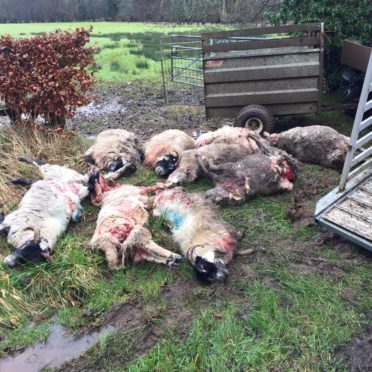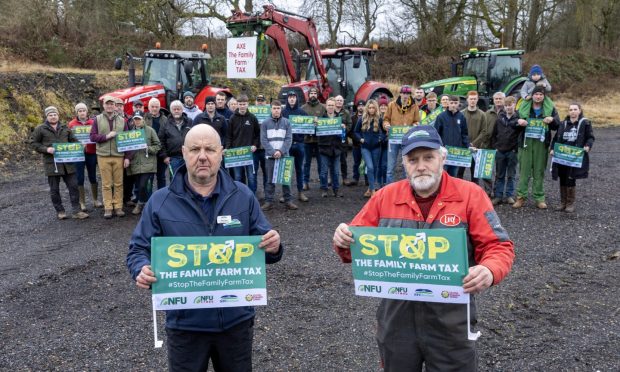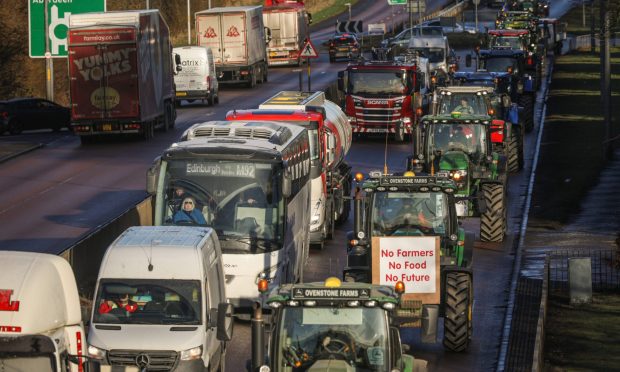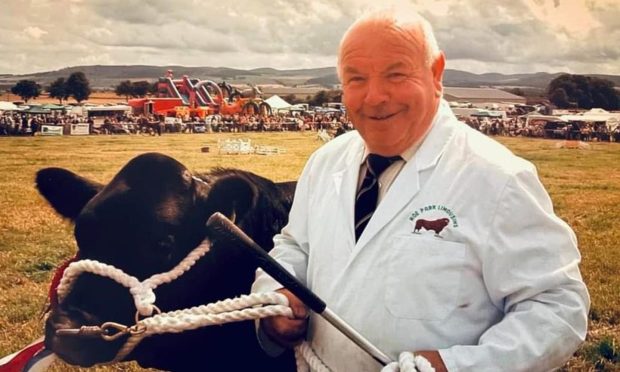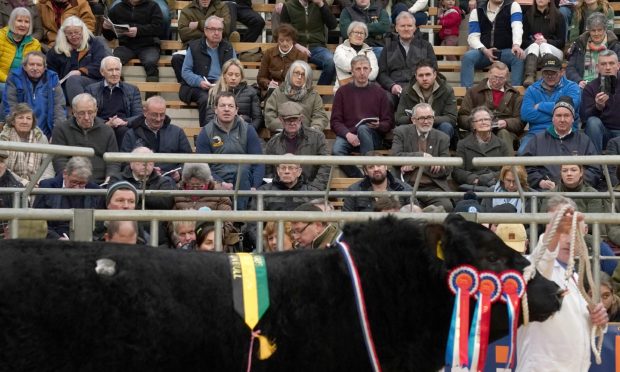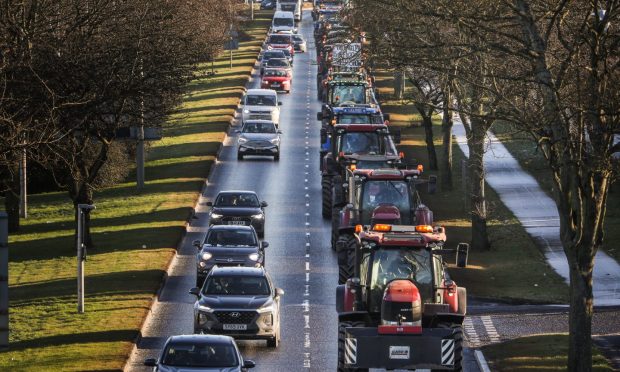Government ministers have been warned that farmers may be forced to resort to locked gates and barbed wire to prevent an escalation of the current wave of livestock worrying.
George Lawrie, a former farmer who negotiates access for new footpaths in Kinross-shire, has called for changes to the Scottish Outdoor Access Code which would make it compulsory for dogs to be on leads anywhere near livestock, people or bikes.
In an open letter to Rural Economy Secretary Fergus Ewing and Environment Secretary Roseanna Cunningham, Mr Lawrie appeals for an immediate review of the code, to prevent more damage to stock.
The letter states: “Since the (2003 Land Reform) Act was introduced, the cases of sheep worrying have risen year on year. This is not the fault of the Act, as I am fully behind it.
“Responsible access in the countryside gives us an ideal opportunity to present our shop window and allow the public to get a better understanding of how their food is
produced and where it comes from.
“My problem is with the support document that goes with the Act and that is the Scottish Outdoor Access Code.”
Mr Lawrie goes on to state that the onus is on access-takers to be responsible when they arrive at a gate or fence but most people do not understand the consequences of
allowing a dog to run off the lead.
“This is where the problems arise, animals’ first instinct is to protect their young, or in a sheep’s case, start to run and then the dog thinks it’s fun and its hunting instinct kicks in. Before you know it you have three or four mauled sheep and others with lasting effects.
“This is a farmer’s factory floor and for too long we have had to put up with a very few irresponsible access-takers spoiling it for the many responsible ones.”
Mr Lawrie said his job for the Rural Access Committee of Kinross-shire (Tracks) involved him negotiating with farmers and landowners to create new path networks but he was meeting increasing resistance to proposals for new footpaths.
In his letter he states: “The continuing incidence of sheep worrying that has been highlighted in the press is souring the farming communities’ embracement of access in the countryside and, if this continued, it will put us back to pre-2005 with locked gates and barbed wire all over the place.”
A Scottish Government spokesman said there were no plans to review the Scottish Outdoor Access Code.
He added: “Livestock worrying is a serious issue and we fully support all campaigns and efforts to encourage dog owners to act responsibly at all times.
“There are criminal offences available if a dog owner allows their animal to worry livestock and local authorities have the power to issue dog control notices. We support all attempts by law enforcement using these powers.”
nnicolson@thecourier.co.uk
